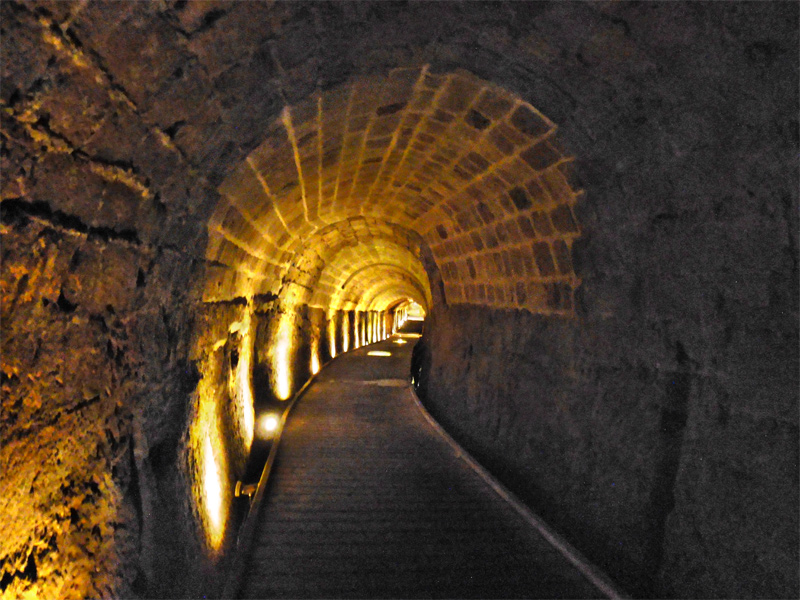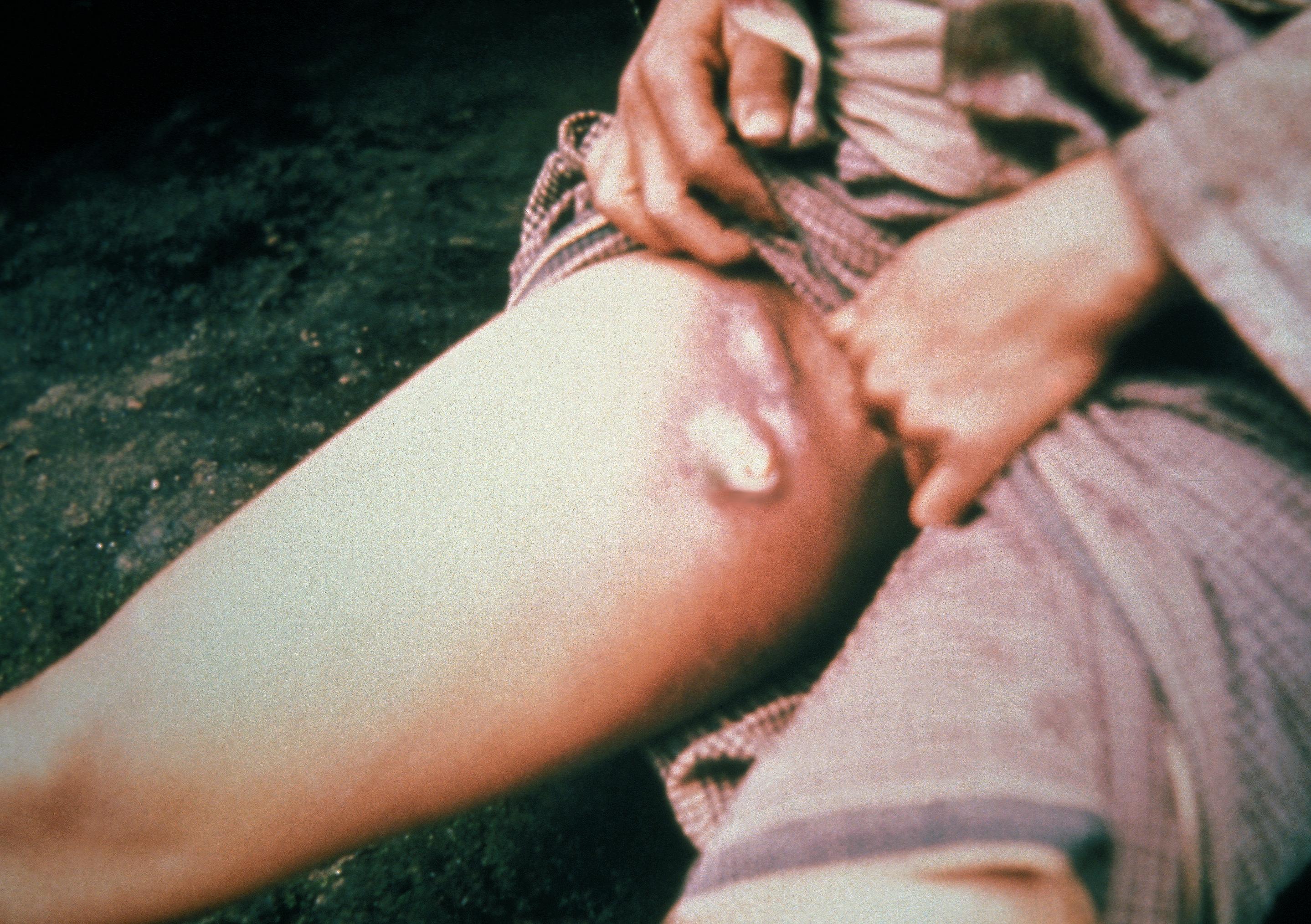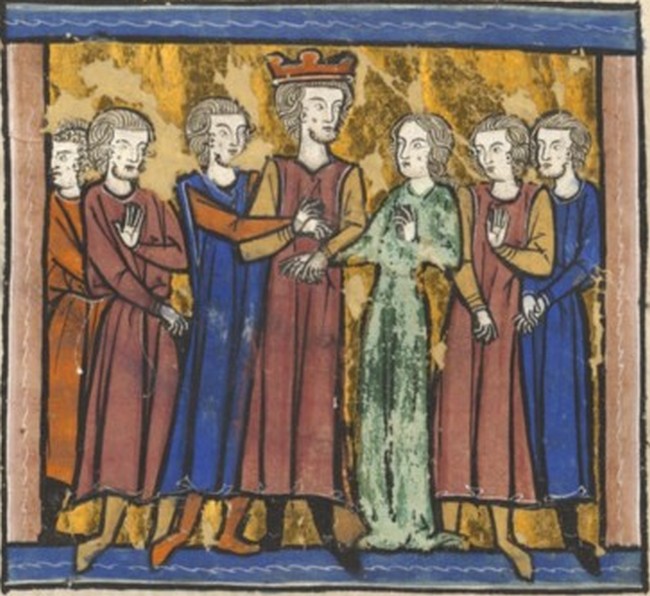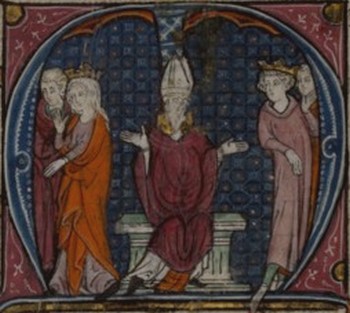|
Château De Hierges
Hierges Castle () is a partially ruined castle in the ''Communes of France, commune'' of Hierges in the Ardennes (department), Ardennes ''Departments of France, département'' of France. It is privately owned and has been listed since 1980 as a ''monument historique'' by the French Ministry of Culture. History The castle, originally called ''Château de Jerusalem'' (Castle of Jerusalem) was built on the site of a ''castrum'' whose origins date back to the 9th century, when the seigneurie of Hierges was part of the property of the house of Ardenne. At the time of the Crusades, the fortress of Hierges was given to the Prince-Bishopric of Liège and, in the 12th century, the castle was destroyed. The castle was rebuilt in the 16th century, starting in 1560, with more comfort and openings for firearms. In the 18th century the former common and the dovecote were added. The castle was assaulted by revolutionaries in 1792 and destroyed by fire on 18 November 1793. Architecture Of t ... [...More Info...] [...Related Items...] OR: [Wikipedia] [Google] [Baidu] |
Château Hierges 003
A château (, ; plural: châteaux) is a manor house, or palace, or residence of the lord of the manor, or a fine country house of nobility or gentry, with or without fortifications, originally, and still most frequently, in French-speaking regions. Nowadays, a ''château'' may be any stately residence built in a French style; the term is additionally often used for a winegrower's estate, especially in the Bordeaux wine regions, Bordeaux region of France. Definition The word château is a French word that has entered the English language, where its meaning is more specific than it is in French. The French word ''château'' denotes buildings as diverse as a medieval fortress, a Renaissance palace and a fine 19th-century country house. Care should therefore be taken when translating the French word ''château'' into English, noting the nature of the building in question. Most French châteaux are "palaces" or fine "English country house, country houses" rather than "castles", an ... [...More Info...] [...Related Items...] OR: [Wikipedia] [Google] [Baidu] |
Hodierna Of Jerusalem
Hodierna of Tripoli ( 1116 – 1162) was the countess of Tripoli through her marriage to Raymond II of Tripoli. She ruled the County of Tripoli as regent during the minority of their son Raymond III from 1152 until 1155. Hodierna was the daughter of King Baldwin II of Jerusalem and sister of Queen Melisende. She may have been betrothed to Count Raymond II of Tripoli already as a child, but did not marry him until the 1130s. Hodierna was a politically active countess and is alleged to have played a part in the disposing of her husband's cousin and rival Bertrand. Her marriage was unhappy because of her husband's jealousy. Hodierna had just left Raymond when he was assassinated in 1152, and she returned to Tripoli to take charge of government in their son's name. After her son assumed power, Hodierna assisted her sister Queen Melisende until the latter's death in 1161. Hodierna died shortly after. Countess Hodierna remains little known compared to her sisters Queen Melise ... [...More Info...] [...Related Items...] OR: [Wikipedia] [Google] [Baidu] |
First Crusade
The First Crusade (1096–1099) was the first of a series of religious wars, or Crusades, initiated, supported and at times directed by the Latin Church in the Middle Ages. The objective was the recovery of the Holy Land from Muslim conquest of the Levant, Islamic rule. While Jerusalem had been under Muslim rule for hundreds of years, by the 11th century the Seljuk Empire, Seljuk takeover of the region threatened local Christian populations, pilgrimages from the West, and the Byzantine Empire itself. The earliest initiative for the First Crusade began in 1095 when List of Byzantine emperors, Byzantine emperor Alexios I Komnenos requested military support from the Council of Piacenza in the empire's conflict with the Seljuk-led Turks. This was followed later in the year by the Council of Clermont, during which Pope Urban II supported the Byzantine request for military assistance and also urged faithful Christians to undertake an armed pilgrimage to Jerusalem. This call was met ... [...More Info...] [...Related Items...] OR: [Wikipedia] [Google] [Baidu] |
Acre, Israel
Acre ( ), known in Hebrew as Akko (, ) and in Arabic as Akka (, ), is a List of cities in Israel, city in the coastal plain region of the Northern District (Israel), Northern District of Israel. The city occupies a strategic location, sitting in a natural harbour at the extremity of Haifa Bay on the coast of the Mediterranean's Levantine Sea. In the Village Statistics, 1945, 1945 census Acre's population numbered 12,360; 9,890 Muslims, 2,330 Christians, 50 Jews and 90 classified as "other".Department of Statistics, 1945, p4Government of Palestine, Department of Statistics. ''Village Statistics, April, 1945.'' Quoted in Hadawi, 1970, p40 Acre Prison, Acre's fort was converted into a jail, where members of the Jewish underground were held during their struggle against the Mandate authorities, among them Ze'ev Jabotinsky, Shlomo Ben-Yosef, and Dov Gruner. Gruner and Ben-Yosef were executed there. Other Jewish inmates were freed by members of the Irgun, who Acre Prison break, brok ... [...More Info...] [...Related Items...] OR: [Wikipedia] [Google] [Baidu] |
Plague (disease)
Plague is an infectious disease caused by the bacterium '' Yersinia pestis''. Symptoms include fever, weakness and headache. Usually this begins one to seven days after exposure. There are three forms of plague, each affecting a different part of the body and causing associated symptoms. Pneumonic plague infects the lungs, causing shortness of breath, coughing and chest pain; bubonic plague affects the lymph nodes, making them swell; and septicemic plague infects the blood and can cause tissues to turn black and die. The bubonic and septicemic forms are generally spread by flea bites or handling an infected animal, whereas pneumonic plague is generally spread between people through the air via infectious droplets. Diagnosis is typically by finding the bacterium in fluid from a lymph node, blood or sputum. Those at high risk may be vaccinated. Those exposed to a case of pneumonic plague may be treated with preventive medication. If infected, treatment is with antibiotics a ... [...More Info...] [...Related Items...] OR: [Wikipedia] [Google] [Baidu] |
Thon-Samson
Thon-Samson () is a village of Wallonia and a district of the municipality of Andenne, located in the province of Namur, Belgium. Thon-Samson is a member of the Les Plus Beaux Villages de Wallonie LES or Les may refer to: People * Les (given name) * Les (surname) * L.E.S. (producer), hip hop producer Space flight * Launch Entry Suit, worn by Space Shuttle crews * Launch escape system, for spacecraft emergencies * Lincoln Experimen ... ("The Most Beautiful Villages of Wallonia") association. References External links * Former municipalities of Namur (province) Sub-municipalities of Andenne {{Namur-geo-stub ... [...More Info...] [...Related Items...] OR: [Wikipedia] [Google] [Baidu] |
Châtelain
Châtelain was originally the French title for the keeper of a castle.Abraham Rees Ebers, "CASTELLAIN", in: The Cyclopædia, or Universal Dictionary of Arts, Sciences, and Literature' (London: Longman, Hurst, Rees, Orme & Brown, 1819), vol. 6. History With the growth of the feudal system, the title gained in France a special significance which it never acquired in England since the Norman conquest, as implying the jurisdiction of which the castle became the centre. The ''châtelain'' was originally, in Carolingian times, an official of the ''comte'' (count); with the development of feudalism the office became a fief, and so ultimately hereditary. In this as in other respects the ''châtelain'' was the equivalent of the viscount. Sometimes the two titles were combined, but more usually there were no viscounts in provinces where ''châtelains'' existed and no ''châtelains'' in those with viscounts. The title ''châtelain'' continued also to be applied to the inferior officer, or ... [...More Info...] [...Related Items...] OR: [Wikipedia] [Google] [Baidu] |
Guy Of Lusignan
Guy of Lusignan ( 1150 – 18 July 1194) was King of Jerusalem, first as husband and co-ruler of Queen Sibylla from 1186 to 1190 then as disputed ruler from 1190 to 1192. He was also Lord of Cyprus from 1192 to 1194. A French Poitevin knight, Guy was the youngest son of Hugh VIII of Lusignan and the younger brother of Aimery of Lusignan. Having arrived in the Holy Land (where his brother Aimery was already prominent) at an unknown date, Guy was hastily married to Sibylla in 1180 to prevent a political incident within the kingdom. As the health of his brother-in-law Baldwin IV of Jerusalem deteriorated, Sibylla appointed Guy as regent for his stepson, Baldwin V. Baldwin IV died in 1185, followed shortly by Baldwin V in 1186, leading to the succession of Sibylla and Guy to the throne. Guy's reign was marked by increased hostilities with the Ayyubids ruled by Saladin, culminating in the Battle of Hattin in July 1187—during which Guy was captured—and the fall of Jerusa ... [...More Info...] [...Related Items...] OR: [Wikipedia] [Google] [Baidu] |
Sibylla, Queen Of Jerusalem
Sibylla (; – 25 July 1190) was the queen of Jerusalem from 1186 to 1190. She reigned alongside her husband Guy of Lusignan, to whom she was unwaveringly attached despite his unpopularity among the barons of the Kingdom of Jerusalem. Sibylla was the eldest daughter of King Amalric and the only daughter of his first wife, Agnes of Courtenay. Her father died in 1174, making her heir presumptive to her younger brother, King Baldwin IV; when it became clear that the 13-year-old king had contracted leprosy, the matter of Sibylla's marriage became urgent. The regent, Count Raymond III of Tripoli, arranged for her to marry William Longsword of Montferrat in late 1176, but within a year, William died, leaving her pregnant and in possession of the County of Jaffa and Ascalon. Shortly after giving birth to a son, Baldwin, Sibylla came to be associated with her brother in public acts, thereby being designated as next in line to the throne. Sibylla's second marriage to Guy of Lusigna ... [...More Info...] [...Related Items...] OR: [Wikipedia] [Google] [Baidu] |
Melusine
Mélusine () or Melusine or Melusina is a figure of European folklore, a nixie (folklore), female spirit of fresh water in a holy well or river. She is usually depicted as a woman who is a Serpent symbolism, serpent or Fish in culture, fish from the waist down (much like a lamia or a mermaid). She is also sometimes illustrated with wings, two tails, or both. Her legends are especially connected with the northern and western areas of France, Luxembourg, and the Low Countries. The House of Luxembourg, Limburg-Luxemburg dynasty (which ruled the Holy Roman Empire from 1308 to 1437 as well as Bohemia and Hungary), the Angevin kings of England, House of Anjou and their descendants the House of Plantagenet (kings of England), and the French House of Lusignan (kings of Cyprus from 1205–1472, and for shorter periods over Armenian Kingdom of Cilicia, Cilician Armenia and Jerusalem) are said in folk tales and medieval literature to be descended from Melusine. The story combines several ... [...More Info...] [...Related Items...] OR: [Wikipedia] [Google] [Baidu] |
Albert II Of Hierges
Albert may refer to: Companies * Albert Computers, Inc., a computer manufacturer in the 1980s * Albert Czech Republic, a supermarket chain in the Czech Republic * Albert Heijn, a supermarket chain in the Netherlands * Albert Market, a street market in The Gambia * Albert Music, an Australian music company now known as Alberts ** Albert Productions, a record label * Albert (organisation), an environmental organisation concerning film and television productions Entertainment * ''Albert'' (1985 film), a Czechoslovak film directed by František Vláčil * ''Albert'' (2015 film), a film by Karsten Kiilerich * ''Albert'' (2016 film), an American TV movie * ''Albert'' (album), by Ed Hall, 1988 * "Albert" (short story), by Leo Tolstoy * Albert (comics), a character in Marvel Comics * Albert (''Discworld''), a character in Terry Pratchett's ''Discworld'' series * Albert, a character in Dario Argento's 1977 film ''Suspiria'' People * Albert (given name) * Albert (surname) * Prince Al ... [...More Info...] [...Related Items...] OR: [Wikipedia] [Google] [Baidu] |






